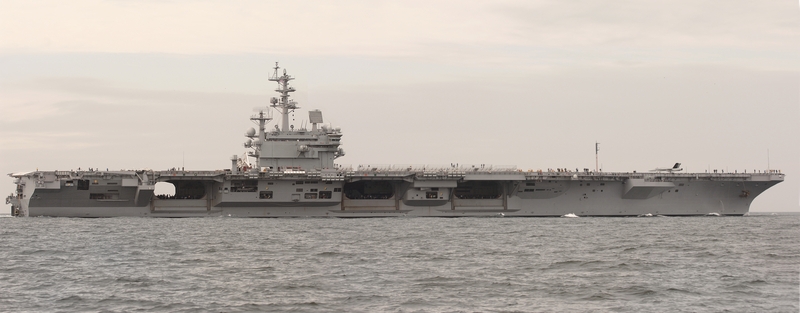
The EU needs defence convergence criteria
The countries of the European Union spend on defence around 60 per cent of the US defence budget (approximately $145bn versus $265bn). But Europe does not have anything close to half of US capabilities when it comes to strategic lift, strategic intelligence or command and control. This was obvious during the Gulf War and has been, more embarrassingly, underscored in Europe itself during the bombing of Yugoslavia. Almost three quarters of the aircraft, more than four fifths of the ordnance delivered and most of the intelligence have been provided by the US.
The reasons for Europe's comparative weakness are well-known. Not all of them - for example the existence of nation-states possessing separate defence establishments with the corresponding overhead costs - can be readily corrected unless a United States of Europe with its own armed forces is created. But major inefficiencies are avoidable. Ten years after the end of the Cold War, many European countries still have force structures geared to territorial defence, with massive manpower requirements. The EU countries field armed forces of 1.9 million, versus 1.4 million for the US. Many of the soldiers are cheap conscripts, but the bloated force structures associated with mass armies drain the bulk of limited, and sometimes still shrinking, defence budgets.
Little is left for force projection. An extreme illustration of this is provided by the combined examples of Germany, Greece and Italy. These three countries have standing forces of 800,000 (close to 60 percent of the US total) but they only spend $8bn per year (12 percent of the US total) on procurement. The 10 member-states of the Western European Union spend half of what the US does on procurement and only a third of American R&D expenditure. Some countries have undertaken in-depth reorganisation of their armed forces to adapt to the post-Cold War climate. Britain is in the forefront while France is halfway through a process of reducing its standing forces from 500,000 (mostly conscripts) in 1995 to 350,000 professionals by 2002. Germany has just launched its own review.
A collective effort to foster convergence of defence policies is required. Experience shows that in most EU countries, painful reforms are more readily accepted if they can be shown to be part of an agreed, EU-wide effort. For example, it is highly doubtful that Italy could have put its budgetary house in order without the mobilising objective of the euro. This argument, in a defence context, may carry particular weight in Germany, which is in need of in-depth defence reform.
The EU states could decide, through the European Council (with implementation to be supervised by a specially created council of defence ministers), to converge on a set of criteria with the purpose of increasing the force projection capability of Europe's defence establishments, and of reducing manpower where necessary.
For example, the share of procurement and R&D could be raised to the same level as in the UK (which serves as the benchmark). Currently the divergence between EU members is massive: the UK spends 40 per cent of its total defence budget on procurement and R&D, compared to Belgium, which only spends 12 per cent.
It would be desirable to decrease the level of military manpower to the level of the UK, as a share of population: the UK has 0.3 percent in its forces, whereas Greece has 1.5 percent (although exceptions would have to be made to take into account special attitudes to territorial defence, which is particularly the case in Greece or Finland).
These long-term criteria would have to be accompanied by an immediate commitment not to reduce defence spending (per person) further: in 1997 France spent the most ($708) while Spain spent the least ($196). Although it is tempting to suggest a rise in defence spending in a number of countries, this would probably be politically unacceptable. Peer pressure from an EU council of defence ministers might help to achieve such a result in the long term.
Naturally the above criteria are to some extent arbitrary. There are others - equally worthy - which could be added at the initiative of EU defence ministers. These could include alotted financial contributions to the creation of a theatre command capability, so that Europe could run a multinational task force in a similar manner to what the US can do with a command ship such as the USS Mount Whitney. This command post could be earmarked for assignment to the European Deputy Supreme Allied Commmander Europe (D-SACEUR). The real issue is whether the criteria adopted will be clear enough to achieve their purpose.
These suggestions do not resolve other important issues relating to European defence, such as the future of the defence industrial base or the improvement of the EU's crisis management capability. Nor can they deal with the consequences of the continued existence of 15 separate, national defence establishments. But they have the potential to improve Europe's ability to pull its weight in crises such as Kosovo.
